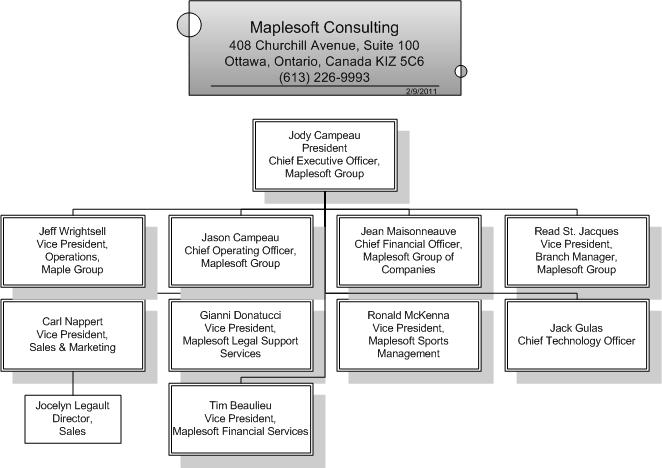Investing In Passive Candidate Recruiting Is The Only Way To Recruit!
Don't Be Shy About It- Go After The Top Talent You Want From Where You Want!
Investing In Passive Candidate Recruiting if done correctly, tells the story of the competition's talent, the entire potential talent pool, assists with current openings, exploratory openings, talent management and can hands down increase the time to hire when this information is used to proactively recruit.
Stakeholders involved in any type of recruiting need to be aware that this investment can drastically reduce the cost per hire while yielding the game-fully employed, possibly over performing talent you and your competition may wish to recruit. But you need to get to them first! You need to invest!
How can you reach this super talent?
1. Carefully choose an internal professional with previous research experience (picking up telephone and developing organization charts) or outsource to a reputable, results driven research company to do the work. The objective is to thoroughly break out the companies and teams at the companies of interest. Focus the efforts on comprehensive organization charting.
2. Find biographies of those uncovered by step 1. This again which will help you understand who is in each role, their backgrounds, education and the responsibilities of each.
3. View it, use it and cultivate it! Implement a system where someone in your organization connects or stays in front these professionals every 30, 60, 90, 120 days. This can be done either internally or externally. We offer this service.
Today especially, we all know the passive candidate seem to be the recruiter’s best chance of filling critical roles, but they also can be the hardest talent pool to win over. You need to engage and build relationships with this talent pool.
4. Implement a strategy that creates a proactive recruiting methodology as part of the recruiting strategy. Remember everyone company want top talent just like you. Don't be shy go get them.
It has been proven that organizations that only use recruiting to fill current and immediate talent needs will often time miss out or be one step behind those that act proactively. So you need to stay in touch with the professionals who are on your radar screen as well as those you want to be on your radar screen.
Investing in Passive Candidate Recruiting & Research can be well worth it. We know. We have over 21oo clients doing this on a variety of levels.
I am on the road now creating awareness about the value of understanding the talent pool and the benefits the recruiting teams can have when utilizing the recruiting strategy that centers around passive candidate recruiting from a specific talent pool. If you are interested, just let me know and I can come visit or set up a web-ex meeting.
Thanks for stopping by.
Sheila Greco sgreco@sheilagreco.com 518 843-4611 ext 221













 Recruiting Top Talent Requires Knowing Who You Want & Knowing Where You Need to Go to Find It!
Recruiting Top Talent Requires Knowing Who You Want & Knowing Where You Need to Go to Find It!